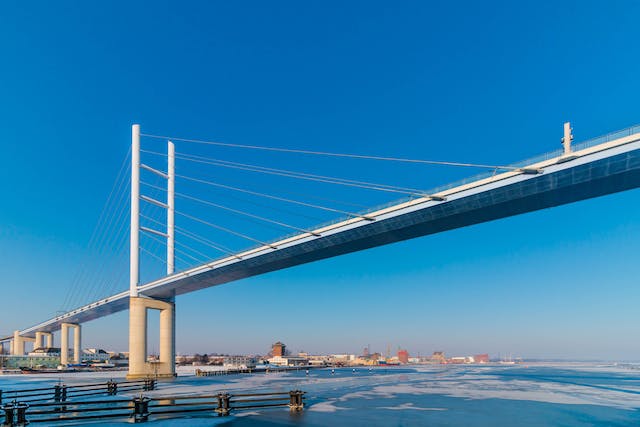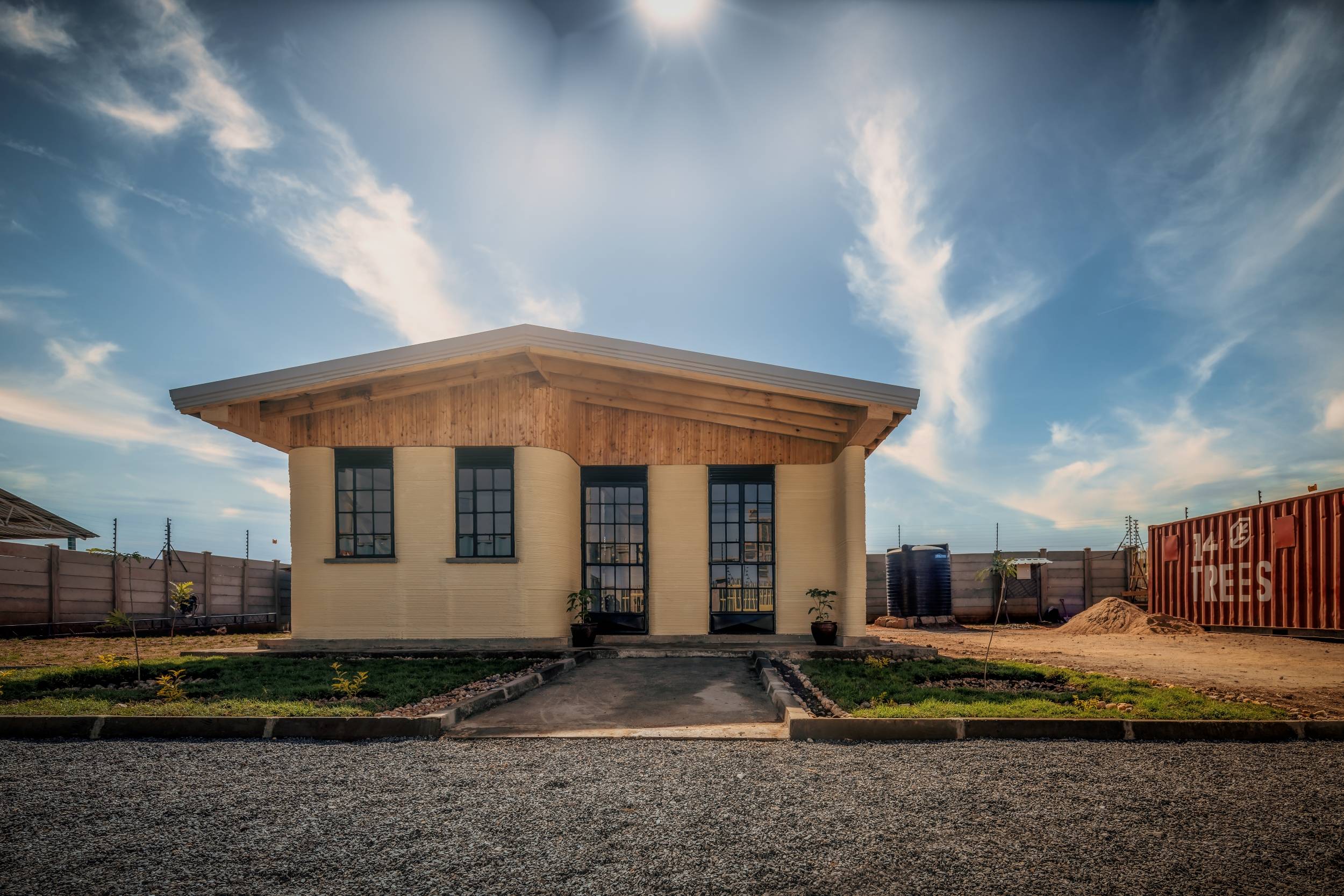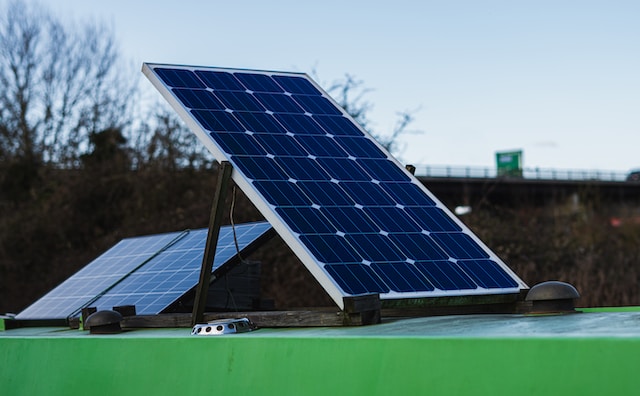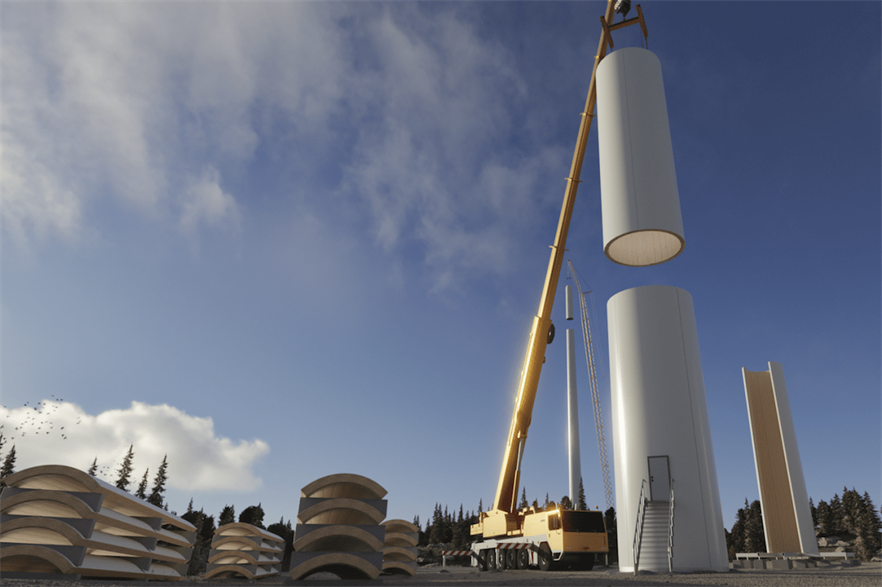Concrete, the ubiquitous building material, plays a pivotal role in modern bridge design, offering a perfect blend of strength and versatility. As cities expand and infrastructure demands intensify, understanding the nuances of concrete in bridge construction becomes essential. So, here are some crucial aspects of how concrete shapes contemporary bridge engineering, highlighting its significance in ensuring durable and efficient structures.
The Strength of Concrete
Concrete’s robustness lies at the heart of its widespread use in bridge construction. Reinforced with steel, a precast concrete bridge boasts exceptional compressive strength, making it an ideal choice for supporting heavy loads over long spans. Modern bridge designs leverage high-performance concrete to achieve durability, longevity, and resistance to environmental factors. The inherent strength of concrete not only supports the bridge’s structural integrity but also enhances its ability to withstand the rigors of daily traffic and diverse weather conditions.
Innovative Designs with Prestressed Concrete
Prestressed concrete takes bridge engineering a step further. By introducing compressive stresses into the material, engineers can counteract the tensile stresses that occur under load. This innovation enables the construction of longer and more slender bridges, reducing the need for additional support. As a result, prestressed concrete has become a hallmark of modern bridge design, allowing for innovative structures that enhance both functionality and aesthetic appeal.
Durability and Resistance to Environmental Challenges
Bridges endure a range of environmental challenges, from corrosive saltwater to temperature extremes. Concrete’s durability and resistance to weathering make it an ideal material for bridges in diverse climates. Advances in mix designs, incorporating supplementary cementitious materials and admixtures, further enhance concrete’s resistance to environmental factors. This durability ensures that bridges remain safe and operational over extended periods, minimizing maintenance costs and disruptions.
Chemical Resistance
Concrete’s chemical resistance is crucial in environments where bridges come into contact with corrosive substances, such as saltwater. The composition of concrete can be tailored to resist chemical attacks, ensuring that the structure maintains its integrity over time. This resistance minimizes the risk of corrosion in reinforcing materials, a common concern in coastal regions where salt-laden air poses a constant threat.
Freeze-Thaw Resilience
Bridges in regions with temperature extremes face the challenge of freeze-thaw cycles, where water infiltrates the concrete and expands upon freezing, causing potential damage. Modern concrete formulations incorporate additives to mitigate this risk, enhancing the material’s ability to withstand the stresses associated with repeated freeze-thaw cycles.
Sustainability in Bridge Construction
In the era of sustainable development, concrete’s role in bridge construction extends beyond strength and durability. Engineers are increasingly adopting eco-friendly practices by incorporating recycled materials into concrete mixes. Additionally, the long lifespan of concrete bridges reduces the need for frequent replacements, contributing to overall sustainability. As the construction industry continues to prioritize environmental considerations, concrete remains a key player in creating bridges that meet both functional and eco-conscious standards.
Concrete stands as the cornerstone of modern bridge design, providing the strength, innovation, durability, and sustainability required for today’s infrastructure demands. As cities evolve and connectivity becomes paramount, the significance of concrete in constructing reliable and enduring bridges cannot be overstated. So, the next time you cross a bridge, consider the concrete beneath your wheels – silent, steadfast, and foundational in connecting communities and fostering progress.







